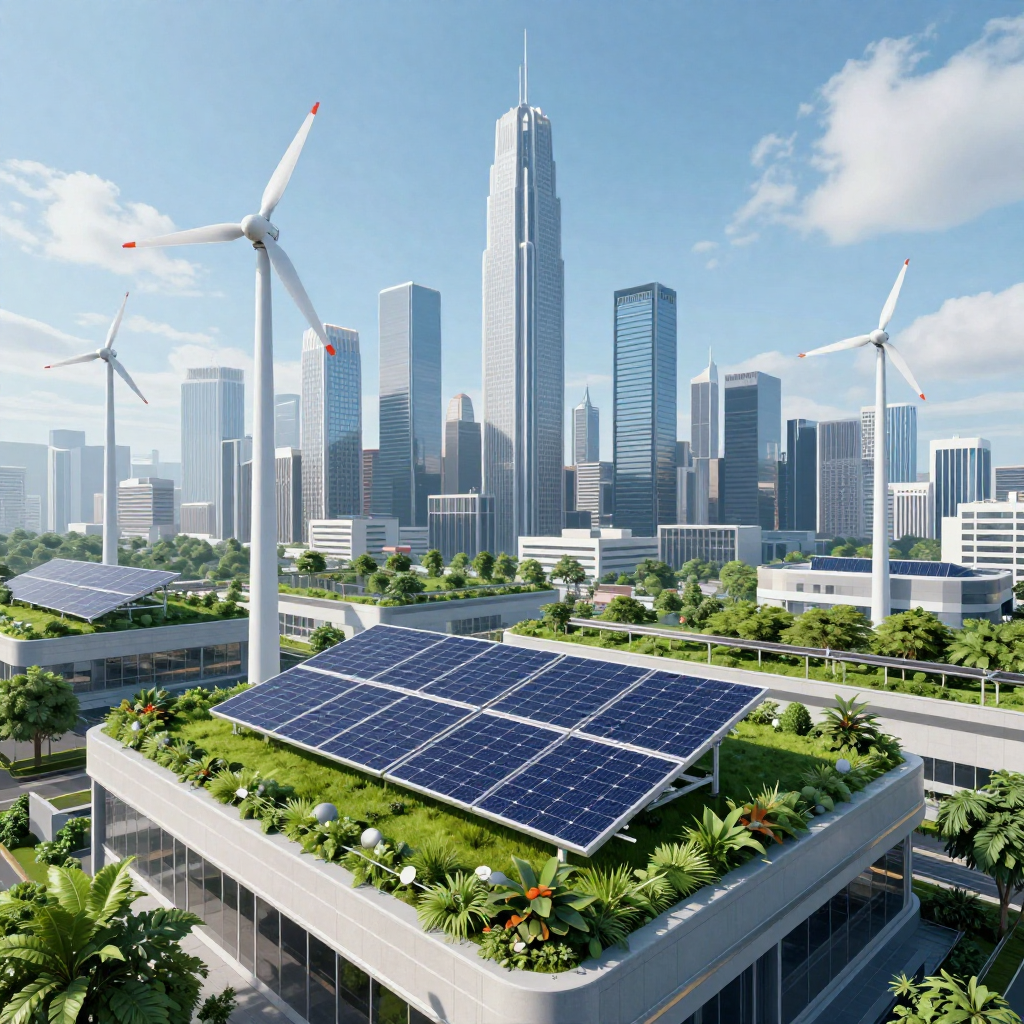The main highlight of the bill
- The bill will make it possible for private companies to enter the distribution business.
- It will also allow consumers to choose their preferred power distributor, similar to how we do in telecom.
- Farmers will continue to receive subsidies.
Why is the government bringing this bill forward?
There are three main elements in the supply chain of power companies in India.
- Generators that generate electricity by using power plants
- Transmission lines that carry electricity from power plants to state distribution companies.
- State Power Distribution companies then provide electricity to our businesses and homes.
We pay our electric bills to the state power distribution companies, who then pay the power generators and transmission line companies.
Power generators companies in India
NTPC, Tata Power, Reliance Power, and so on. So we have both PSUs and private companies in power generation.
Transmission line companies in India
In transmission lines, we have Power Grid, Sterlite Power, Adani Transmission, etc. So here also we have both PSUs and private companies in transmission lines.
Distributions Companies
The majority of the State Discoms in India are government-owned, with about 10% is privately owned.
Power distribution to the end user remains the weakest link in the power sector's supply chain. Most distribution utilities are incurring significant losses as a result of costly long-term power purchase agreements, inadequate infrastructure, and inefficient operations, among other factors. These losses, in turn, prevent them from making the necessary investments to improve the quality of the power supply and prepare for greater use of renewable energy.




